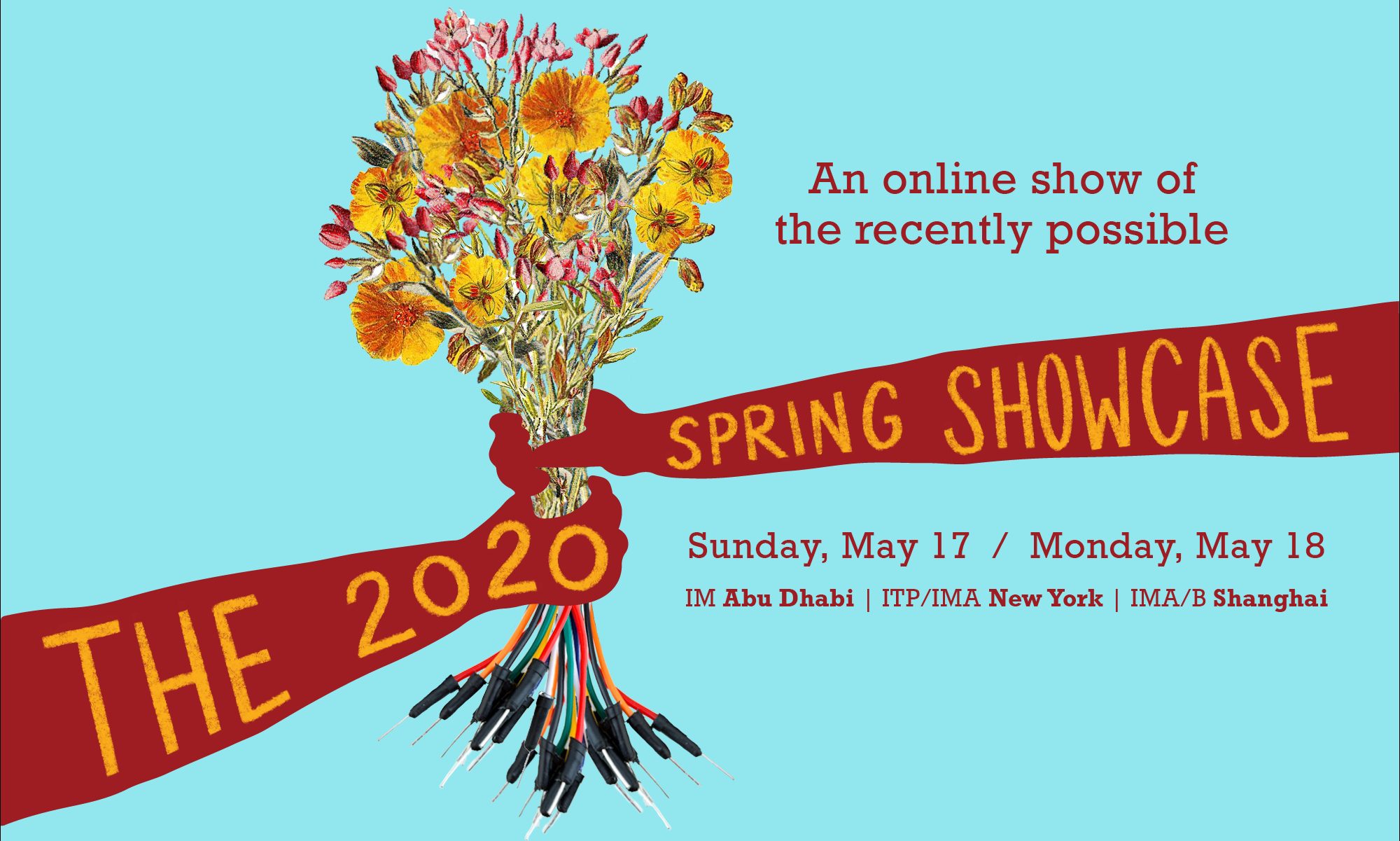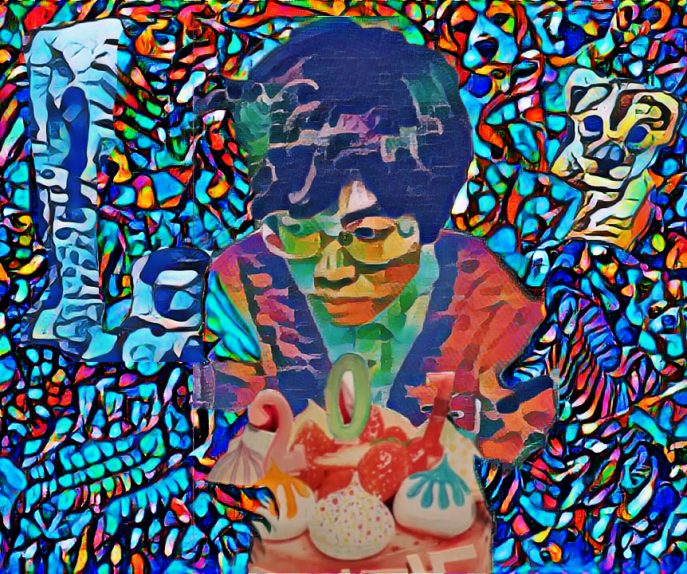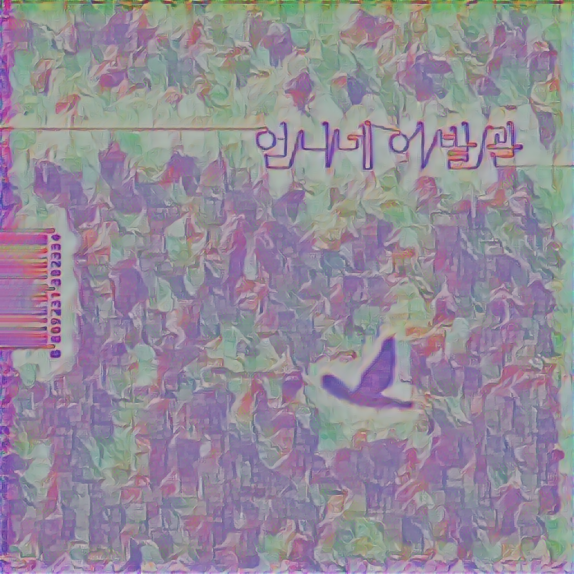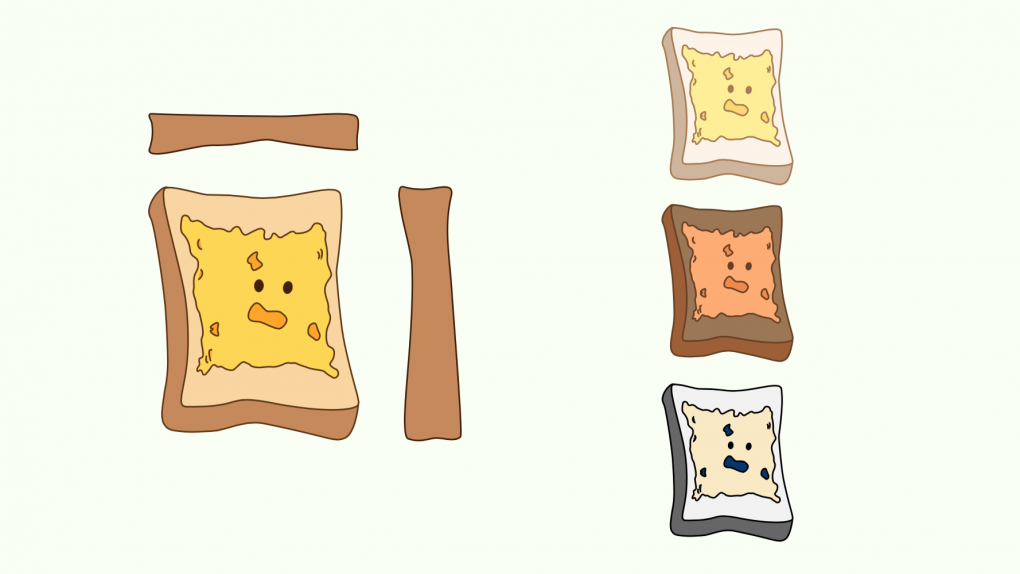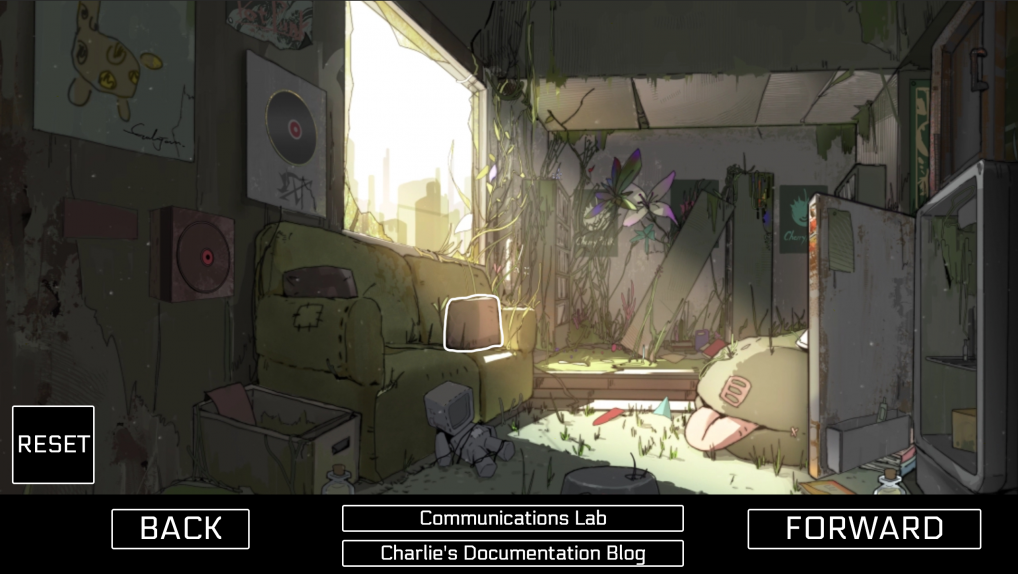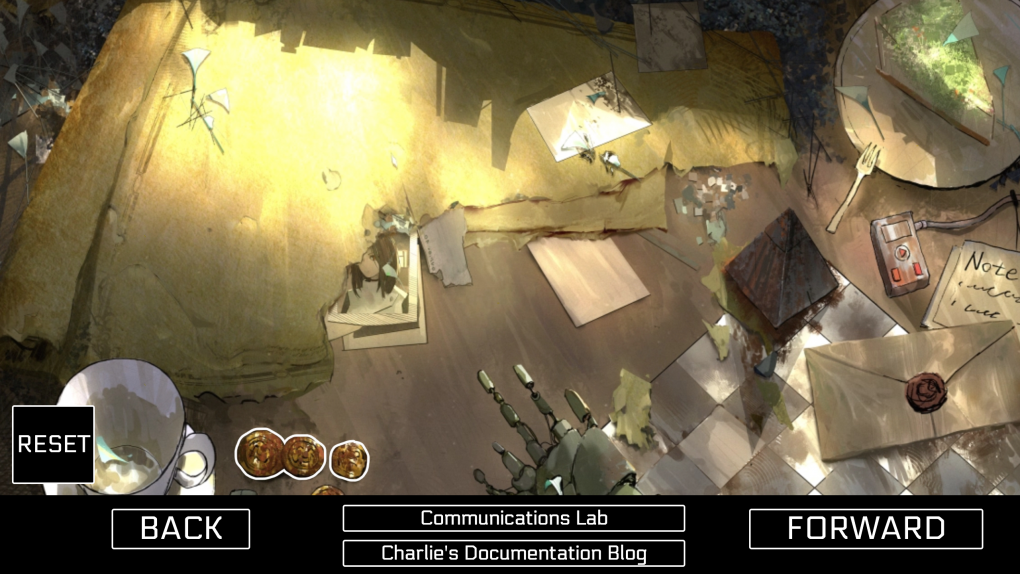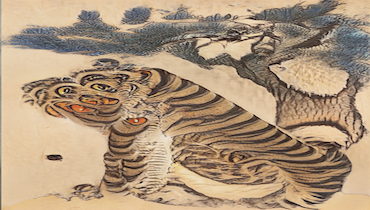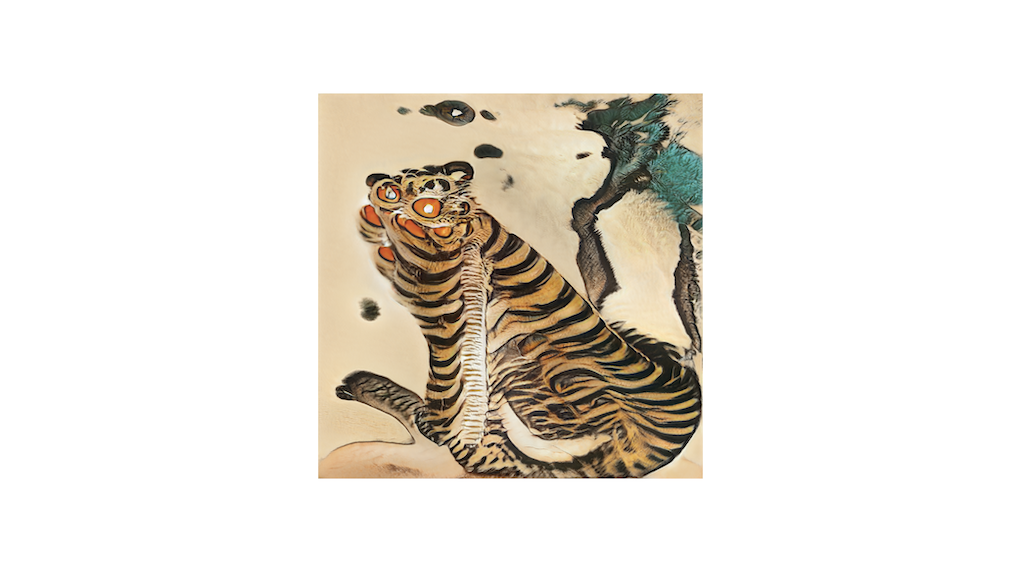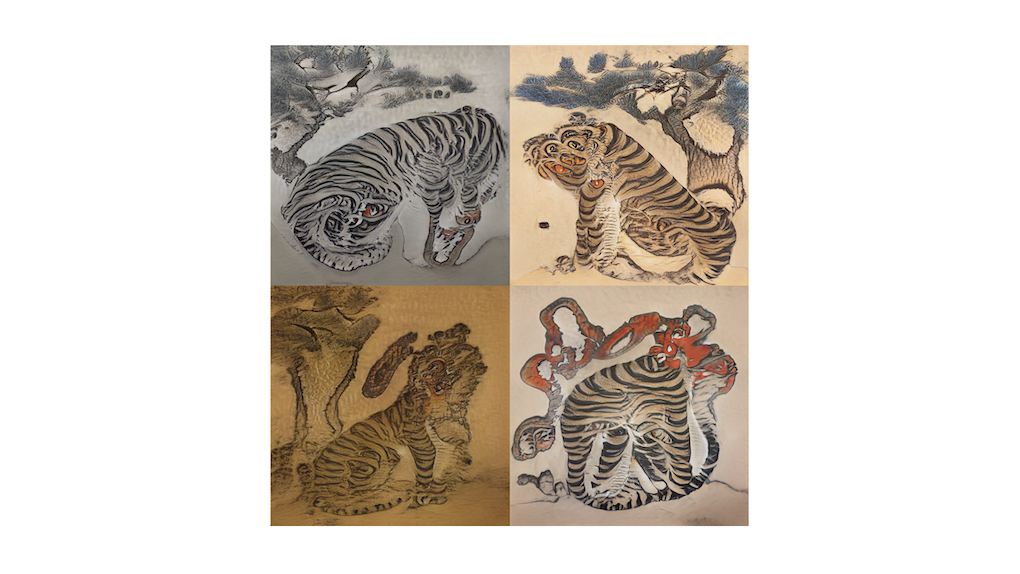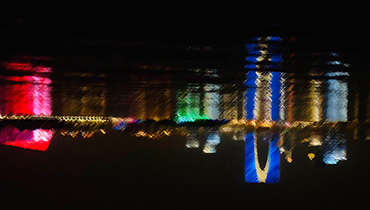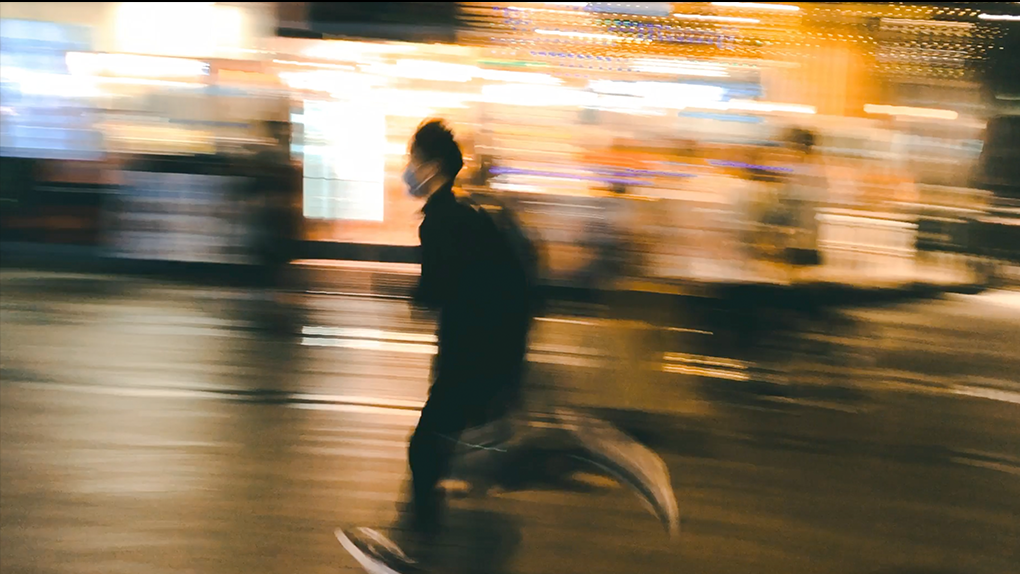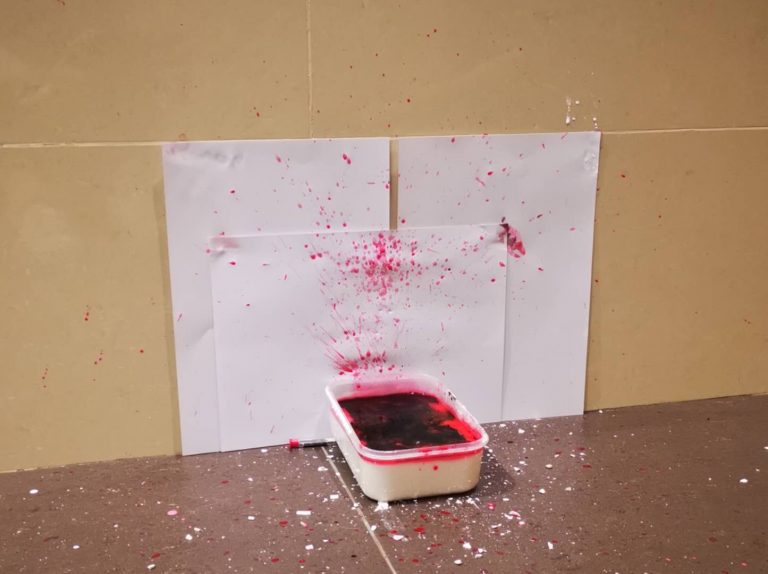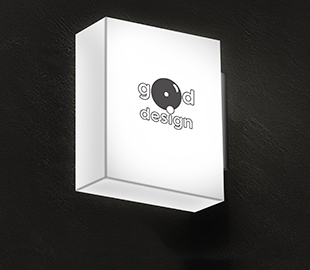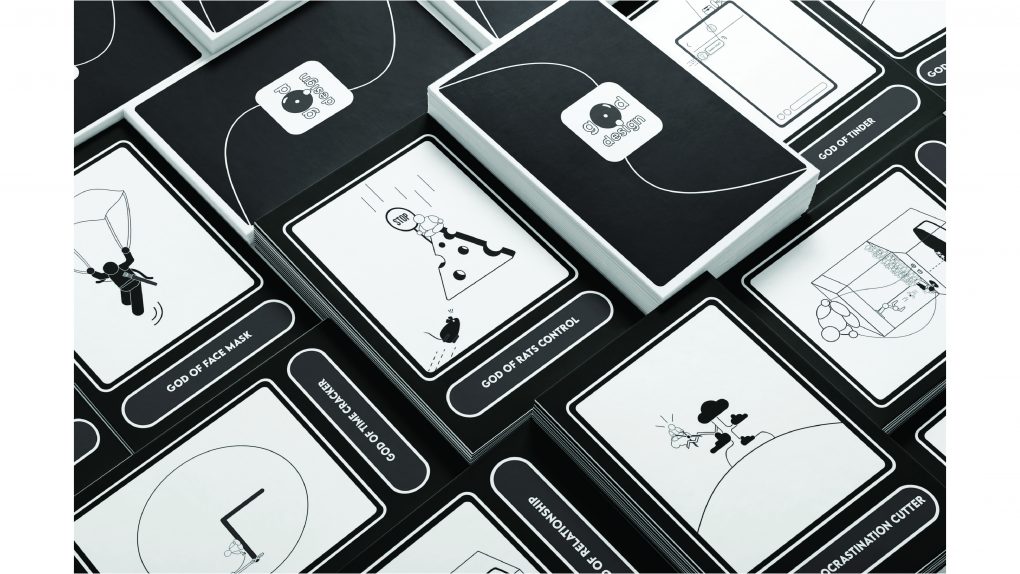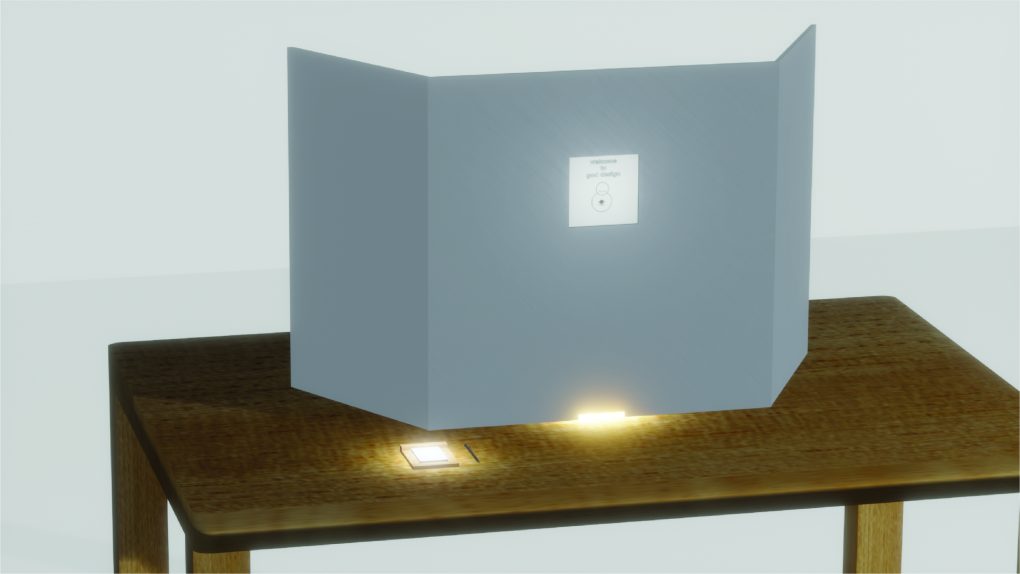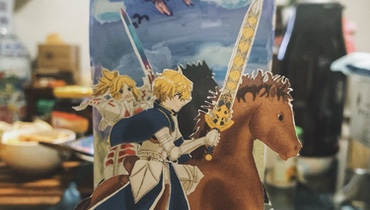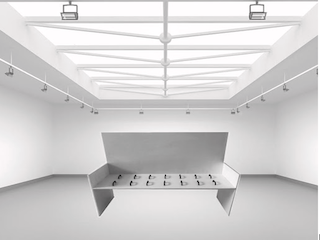Personal music streaming system focused on listening to whole album with my own album cover.
Jung Soo Ha
Description
Cover Covers is a personal music streaming environment that appreciates the concept of album. It offers an experience of listening to albums with self-created album cover.
With the emergence of streaming services like Spotify, people gained easy access to music in a unit of songs. It brought music consumers a lot of convenience, but being able to curate a playlist with favorite songs, people stopped listening to albums as a whole. Listening to whole albums require time and sometimes endurance, but it provides us with a different experience that is certainly worthwhile. Even knowing this, I always find my playlist with songs from different albums.
I wanted to force myself to listen to albums. It's not that listening to individual songs is bad. I genuinely wanted to listen to albums, but my laziness and various excuses (eg. I'm too busy to sit down and listen to music for 30 minutes) stopped me from doing it.
So, I decided to design a process that would make listening to albums a fun activity. Human beings tend to value their own creations than those of others' regardless of its quality. The more beginner one is, the stronger this tendency. That's why my first pasta tasted better than restaurants'. If I were able to recreate an element of a music album, I would be eager to listen to it.
Not being able to draw and paint, I used a set of digital tools including machine learning and Photoshop to cover an album cover (as in covers in music). Then, I created a system where I can simply type a name of an album and have it played on my streaming website. It automatically swaps original album cover images with my own covers hosted on my blog.
